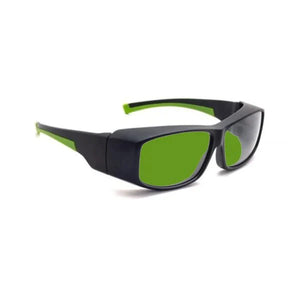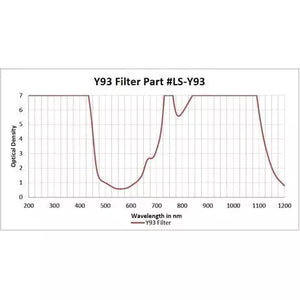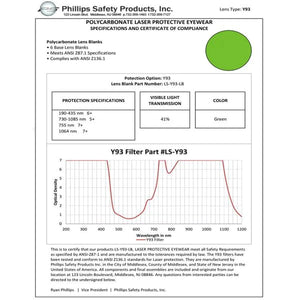Your Cart is Empty



Alexandrite Diode Yag – Model 17001
$200.00
Best Price Guarantee
At Medical Spa Supply, our mission is to empower Med Spa and medical wellness professionals with the equipment, supplies, and business solutions they need to thrive. One way we deliver on that promise is with our Best Price Guarantee. We want you and your team to shop with confidence, knowing you're getting the best possible price. If you find a lower delivered price on the same item from another authorized U.S. distributor for the medical wellness industry, chat, call, or email us before placing your order, and we’ll match it. We believe your time is best spent growing your business, not comparing prices.
xSupplies
Stock up and save Supply Orders over $250 Ship For Free!
xFlat Rate Ground shipping:
1st item: $8.50*
Additional items: $4.50 each
Once your cart reaches $250 in supplies Free Shipping
*$15 for bulky items or cases
Learn more about expedited shipping, special shipping cases, and international shipping at Shipping Policy
Equipment
Lowest Rates & Flat Rate Shipping Med Spa & Treatment Tables Ship for $199!
x- Small Equipment - $15 each item
- Medium Equipment - $35 each item
- Large Equipment - $100 each item
- XL Curbside - $199 each item
- XL Gold / Inside Delivery - $299 each item
- XL Platinum / White Glove - $599 each item
Learn more about these options expedited shipping, special shipping cases, and international shipping at Shipping Policy
The Alexandrite Diode Yag Filter is a laser safety lens made of a green polycarbonate lens. It is cut and mounted into the model 17001, a durable rectangular frame providing a comfortable fit. This large frame includes green accent secure-grip rubber temples and integrated lateral protection. ANSI Z87+ Approved.
OD>6+ from 190-435nm
OD>5+ from 730-1085nm
OD>7+ from 755nm
OD>7+ from 1064nm
VLT = 41%

BRIDGE
18mm

FRAME WIDTH
146mm

TEMPLE
130mm

LENS WIDTH
63mm

LENS HEIGHT
42mm
You may also like
Questions & Answers
Have a Question?
Be the first to ask a question about this.




